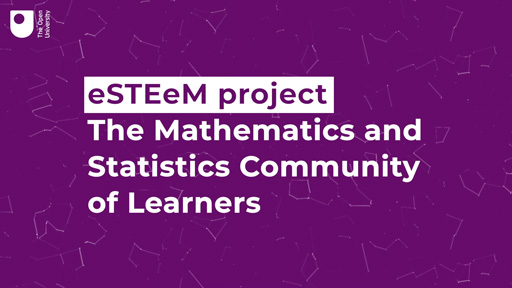4 Presenting your findings
Your research design and the requirements of the venue where you are presenting will influence the style of presentation and the detail required of your findings. You may choose to present a poster at an event to get early feedback while the inquiry is running. For writing up a report as a requirement of the funding body, or to share the findings internally, or to prepare a paper for a conference or journal, these are some general considerations for presenting your findings.
- Justify the choice of research methods in your inquiry by aligning them with the aim and research question(s).
- Reasons for using the mixed methods approach, if appropriate, citing supporting mixed methods literature (for example, Creswell and Creswell, 2018); describe the chosen mixed methods design in detail, including the design logic and the timing, integration and priority of the quantitative and qualitative strands in the research design.
- If using a mixed methods approach, include a procedural diagram of the research activities to communicate the logical flow of the data collection and data analysis procedures (Plano Clark and Ivankova, 2016).
- Structure the research process as per the stages of a SoTL inquiry that were detailed in Session 1.
- Combine the narrative with tables, charts and diagrams wherever possible to elaborate, illustrate or amplify the points being made.
- Structure the findings around the themes that you have identified from the analysis of the data you collected.
- If using a mixed methods approach, discuss how you drew inferences using the design logic for integrating quantitative and qualitative methods to address the inquiry’s research questions.
- Include a detailed account of the ethical considerations and experiences of the ethical approval process.
- Detail the process of self-evaluation during a SoTL inquiry following the framework that you encountered in Session 2 and whether/how it influenced the research process.
- Detail how reflection at the different stages of a SoTL inquiry led to iterative refinement or changes in the inquiry’s design and process; and challenges and benefits of reflective practice and reflexivity in SoTL. You may recall that reflection and reflexivity in SoTL and models of reflection were discussed in Session 1.
- To illustrate, elaborate or reinforce the points you are making in the narrative, you may like to ground your findings using quotations from research participants or other relevant sources (for example, from the literature review).
- Include vignettes of episodes or events from your experiences, workshops or interviews.
- Relate the findings to your literature review (e.g. theories, concepts, etc.) to make sense of your research findings, to make connections between observations and conclusions, to predict and explain relationships and to determine the implications of your inquiry’s findings.
- Discuss whether your inquiry bears on findings from research conducted in another setting, or using a different research approach, or adds to a growing pool of research into a particular phenomenon.
- Report on how you designed, conducted and evaluated your SoTL inquiry for impact (you will consider the process of planning and evaluating for SoTL’s impact in Session 6).
Writing for SoTL, the challenges and considerations in making SoTL public and the strategies for making SoTL public are discussed in Session 6.
Activity 9 The Mathematics and Statistics community of learners
This 9 minute video features Rachel Hilliam of the School of Mathematics and Statistics in the Faculty of STEM at The Open University, discussing how Rachel and her colleagues have developed a website that consolidates the outcomes of several SoTL projects in their school.
As you watch this video, reflect on how SoTL activity can be incrementally developed in a department or institution to develop useful resources for the community.
For a better viewing experience, you may like to view the video in full-screen mode.

Transcript: Video 7 Mathematics and Statistics Study Site
Discussion
Rachel discusses how, over the years, they have devised a lot of resources to help students decide which Mathematics or Statistics module is at the right level for them and to give them a way to ensure they are in the best possible place to start their module. She says that the resources span their entire suite of modules, which all started as small SoTL projects in their school.
In 2017, Rachel and colleagues set up a website which brings together all these resources, the ‘Mathematics and Statistics’ study site. The aim of this site was to provide a one-stop shop for students who wished to study Mathematics and Statistics modules and to help them make the correct module choice.
Rachel has conducted an eSTEeM-funded SoTL project to evaluate this website, the details of which are on this webpage: The Mathematics and Statistics Community of Learners [Tip: hold Ctrl and click a link to open it in a new tab. (Hide tip)] .
